How To Trail Brake And Why It'll Make You A Faster Driver
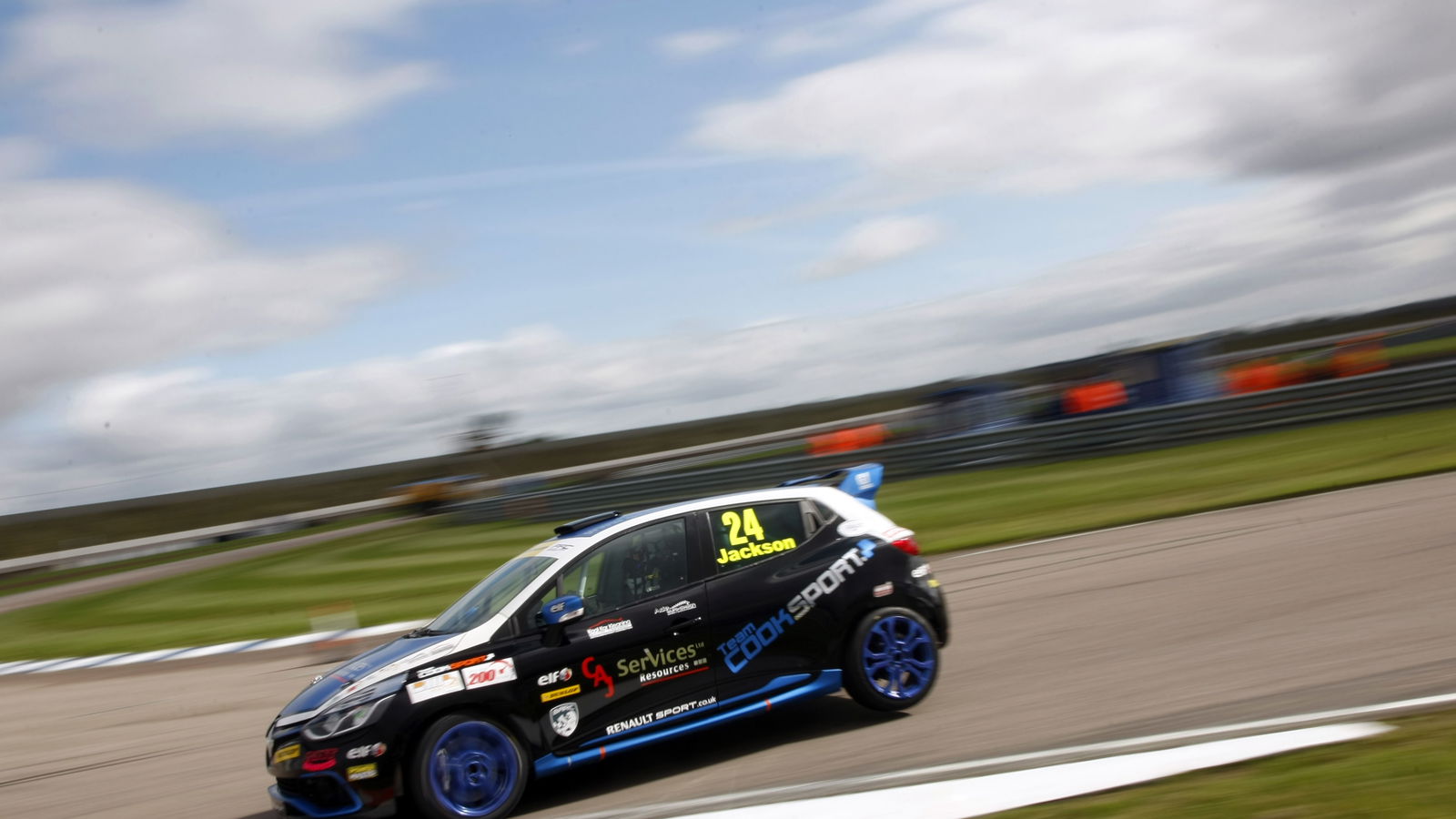
What is trail braking?

To produce fast and consistent lap times on track you must implement three very important techniques: heel and toe downshifting, left foot braking and trail braking. The first two techniques are well documented, but the art of trail braking is often overlooked.
Before learning this technique, it’s important to recognise that your brakes serve multiple purposes. Not only do they provide deceleration, they also give you control over the pitch and angle of your car as you enter a corner, allowing you to use the maximum grip provided by your tyres.
Manipulating your car’s balance is done by maintaining brake pressure (trailing) while turning into the corner. Here’s how it works…
It’s all about weight transfer
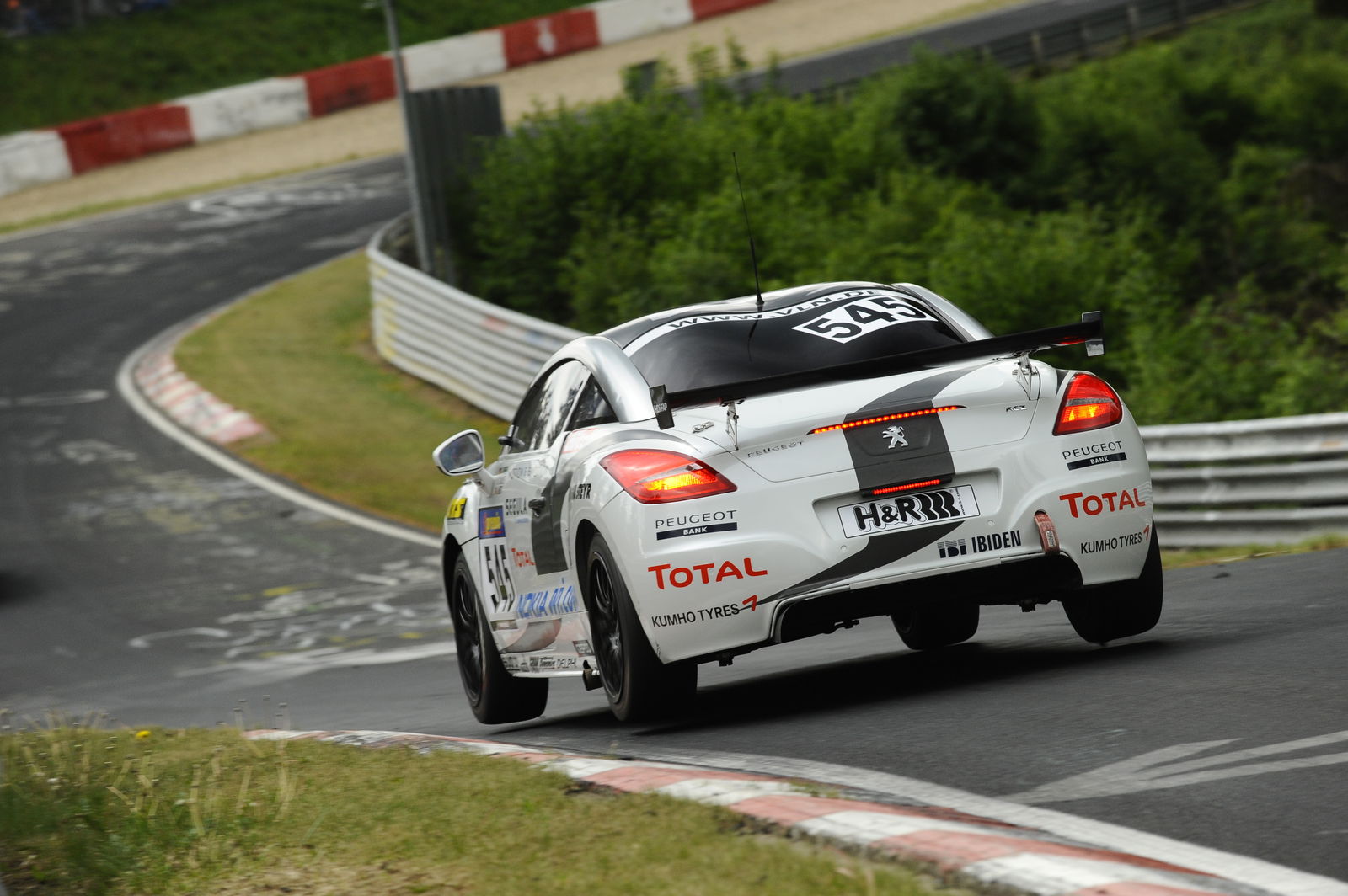
When you hit the brakes before a corner, the weight of the car is shifted forwards, causing the front of the vehicle to squat. This drives the front tyres into the tarmac giving you more front-end grip. When you turn into the corner and release the brakes, the front unloads, reducing grip. This can cause the car to understeer, pushing you off line and costing you vital time.
Trail braking reduces this loss of grip by ensuring that the front tyres are generating the maximum amount of grip on the way into the corner. Instead of peeling off the brakes when entering the bend, you should keep light pressure on the brake pedal. This keeps weight over the front end and stops the car from pushing on.
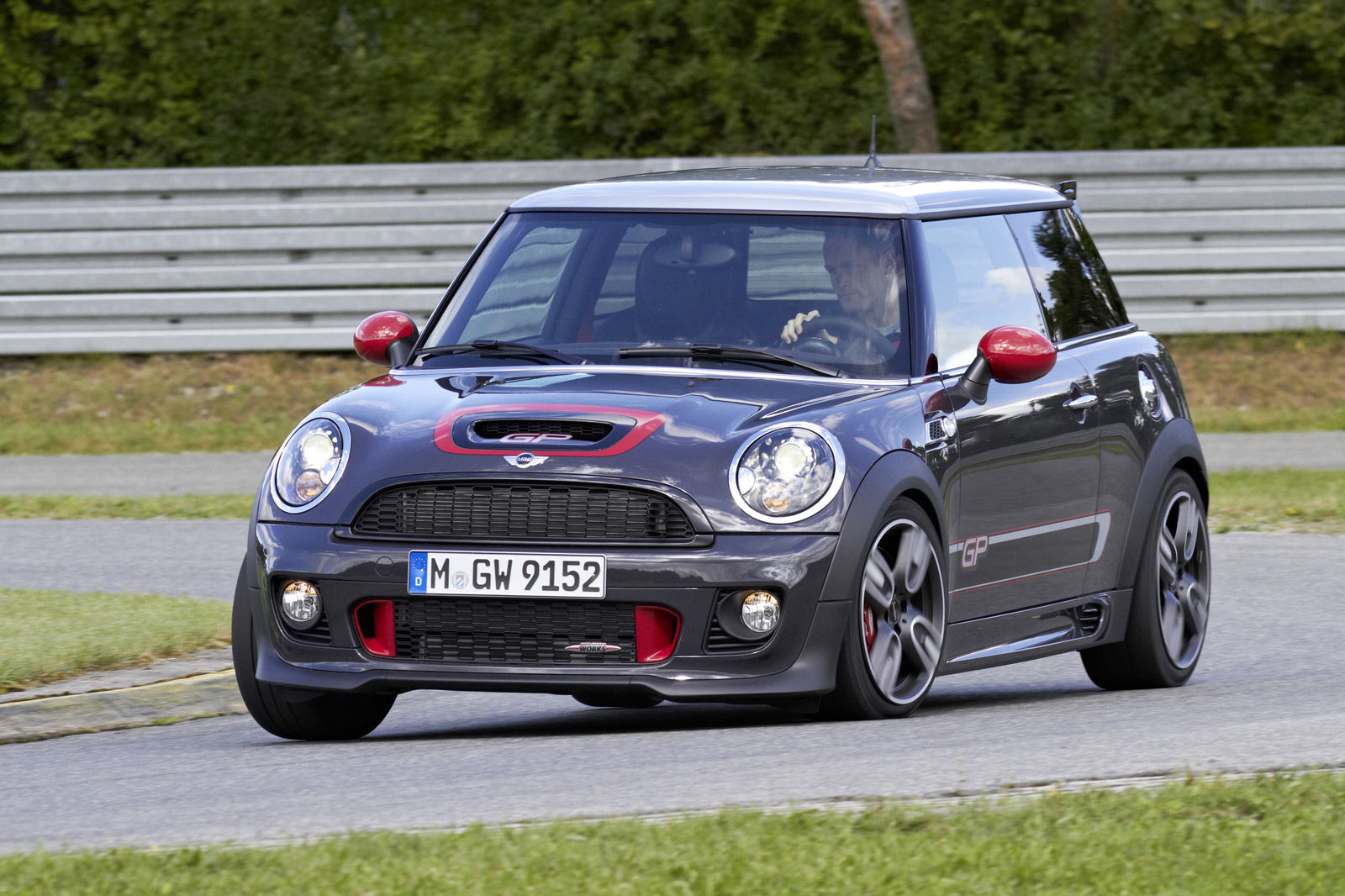
By trail braking you also stop the car from coasting. Ultimately, when you’re driving a performance car quickly you should always be accelerating or decelerating; when coasting you have very little control of the vehicle. By keeping the car under load, you’re getting the most out of your tyres at all times, and if you combine trail braking with left foot braking you can ensure that the car is always in balance.
How do I trail brake?
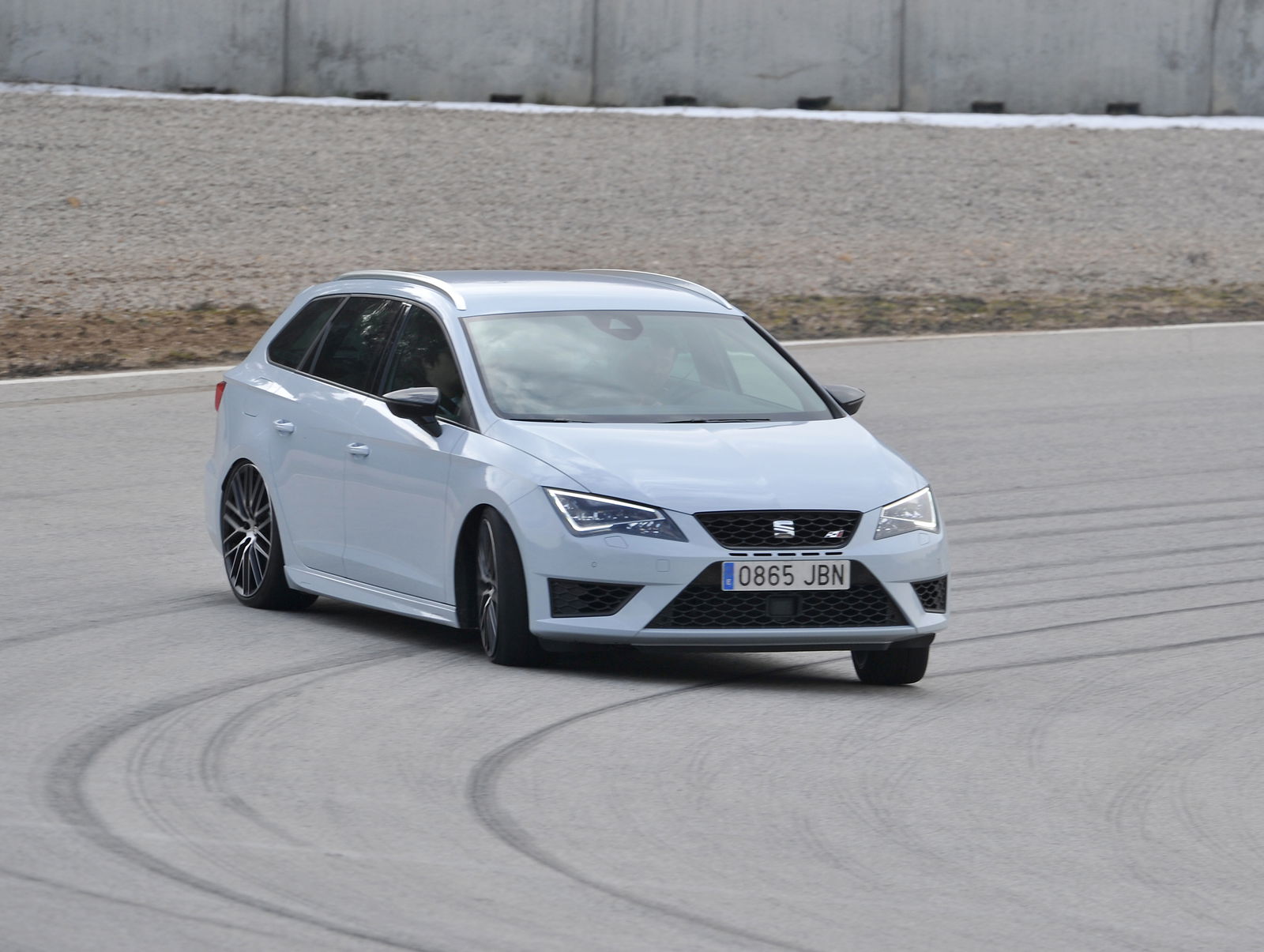
There is a fine balance when learning how to trail the brakes into a corner. If you turn in with too much brake pressure, the rear tyres will unload, leading to time-sapping oversteer. If you use too little brake, the car will push on. Thankfully it’s fairly straightforward to rectify these problems.
If the car is oversteering on entry use less brake pressure and peel off the pedal in a more gentle fashion. This will keep more weight over the rear and will allow you to get on the throttle quicker at the exit. If the car is suffering from understeer, use more brake on the way in and apply pressure all the way to the apex. It will take time to improve your consistency so the key is to just keep practicing. We don’t recommend trying this on the road so our advice would be to book a track day with plenty of run-off. You can find more information on track day preparation here.
Can I combine it with left foot braking?
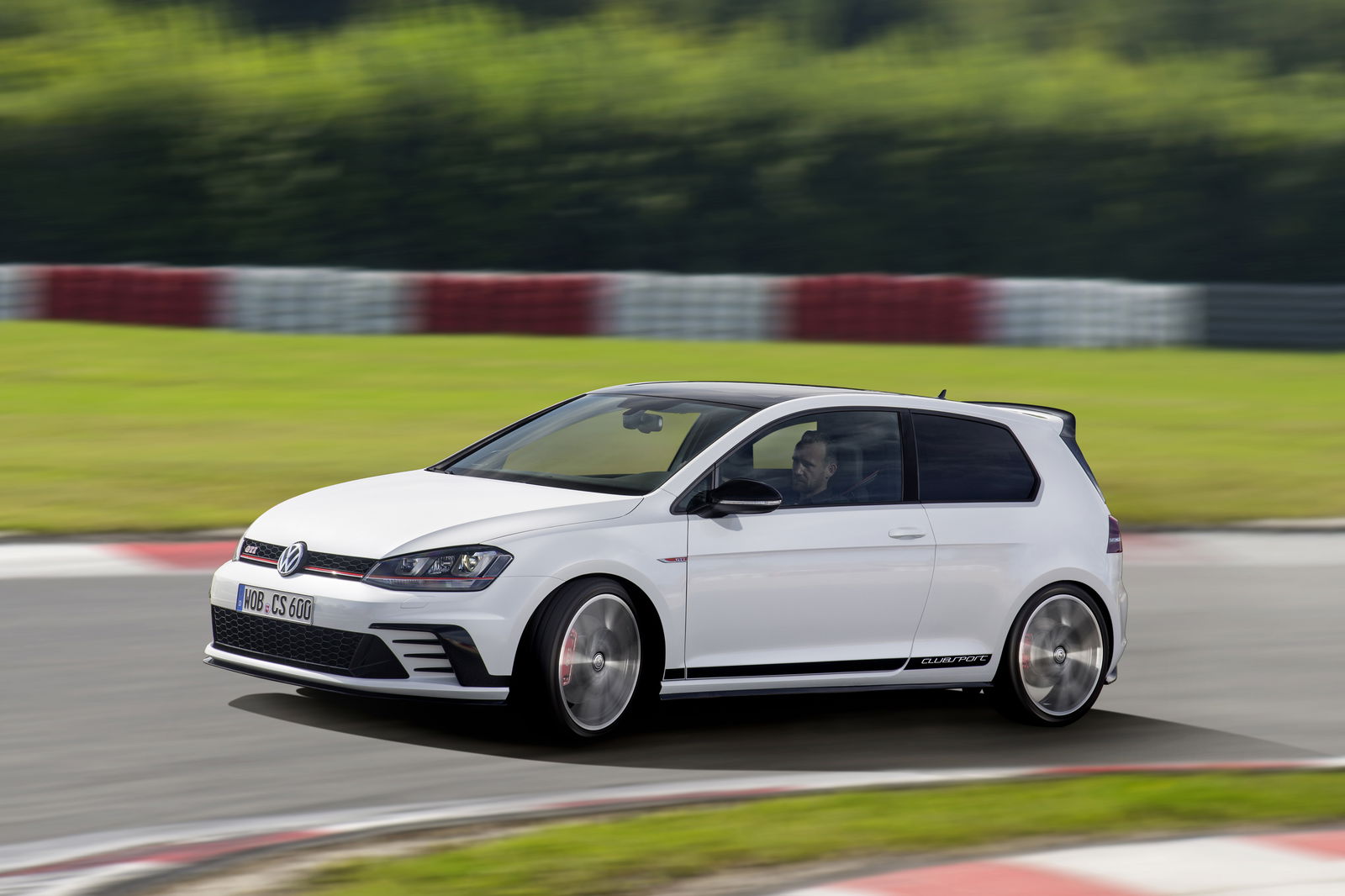
As we stated in an earlier article about things you should never do in FWD cars , learning how to manipulate the brake with your left foot is a skill that will help make you a smoother, quicker, and, more importantly, safer driver on the road. So you’ll be pleased to know that the two can be used together.
On entry, you can use your left foot to trail brake into the corner (explained above). Then, at the apex, if the car starts to understeer, you can use your left foot, which is already hovering over the middle-pedal, to apply some light braking force. This will bring the car back into line, and if you’re in a front-wheel drive machine, this also has the effect of slowing the front wheels down which will in turn stop the car from pushing on; a form of manual traction control.
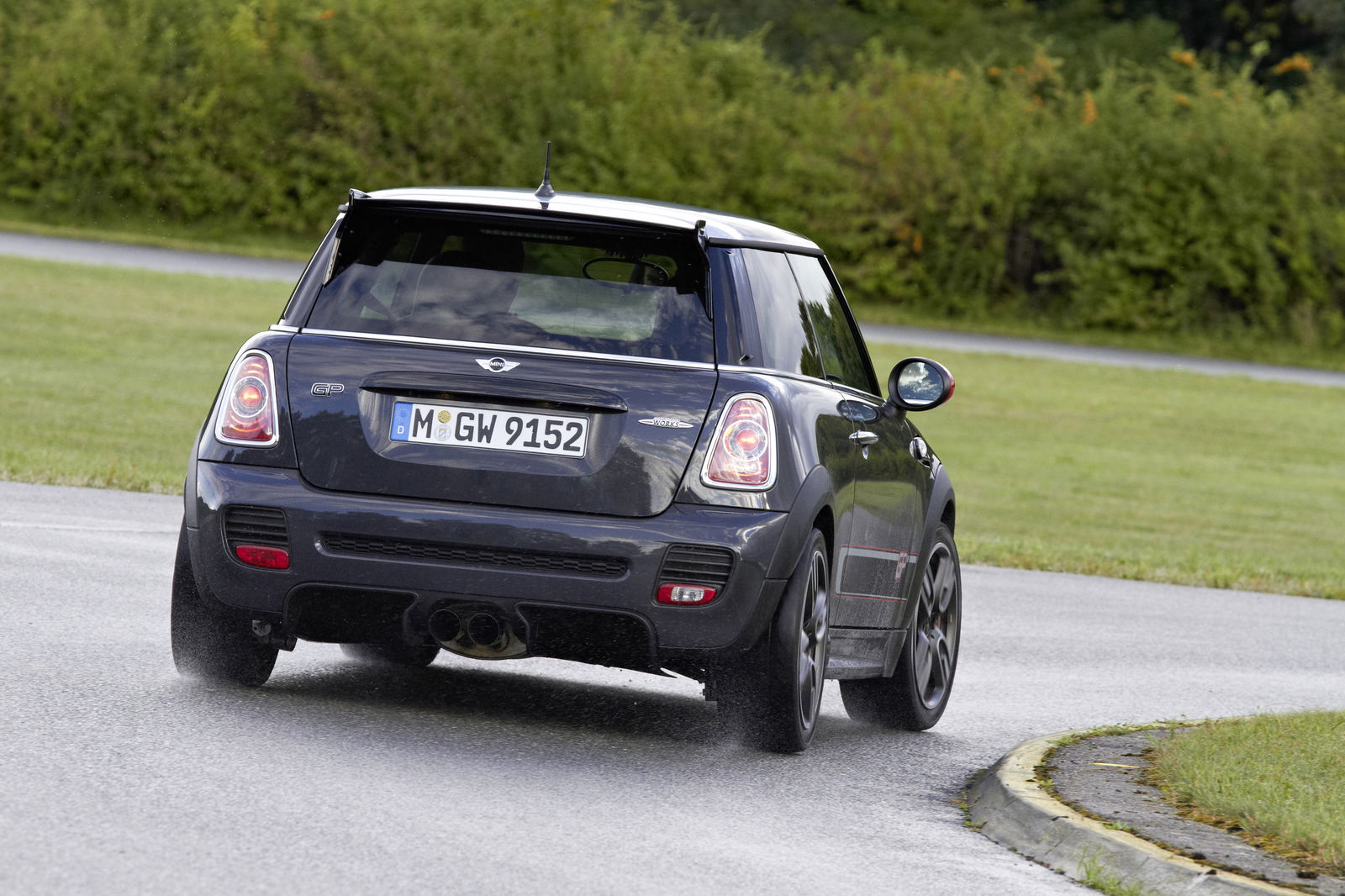
At the exit, if you’re in a FWD car, the front tyres can easily become overwhelmed, scrabbling for grip. By applying some brake with your left foot - especially in cars with a front differential - you can distribute the torque through the front wheels (the added retardation will cause the diff to lock, spreading the power across the front axle). Once grip is regained and you’re in a straight line, come off the brake and drive out of the corner.
Ultimately, the most important thing is to be smooth. Being progressive with the brake pedal is key. So with that, it’s now time to go out and practice!
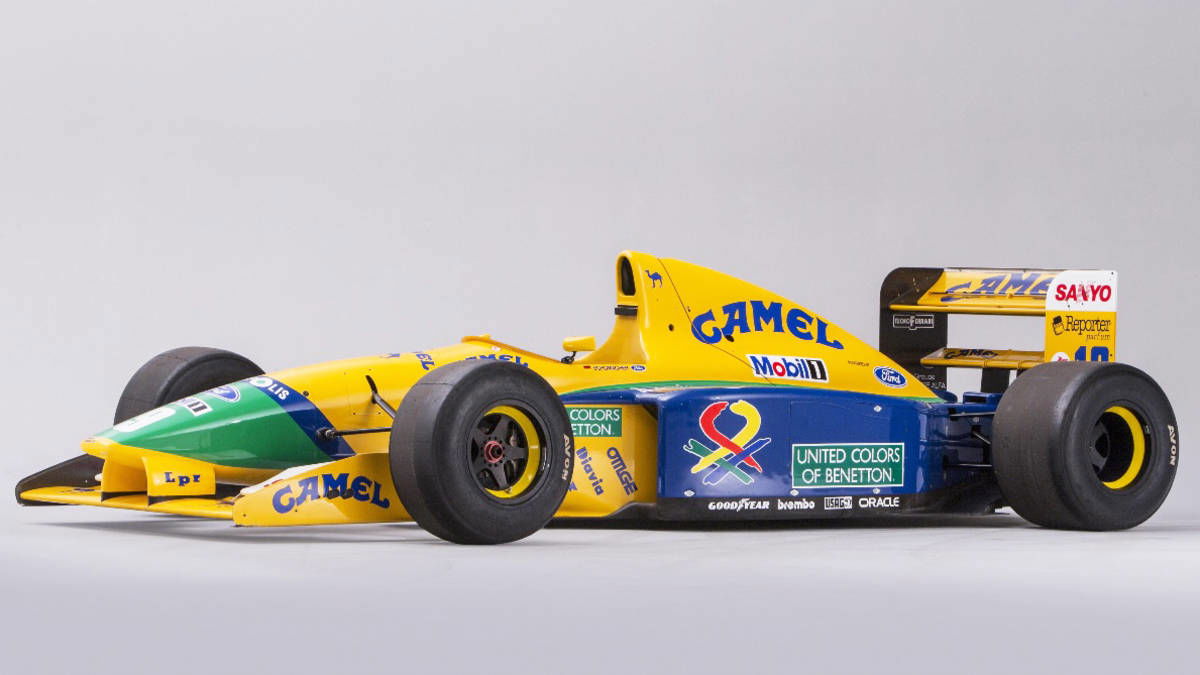
Comments
[DELETED]
Fantastic article yet again, shame I don’t have a car in which to try this technique in yet however I shall bare this skill in mind
Can I also aply this technique to karts?
Amazing article! When i read this i just wanted to go out and try it with ‘my’ Clio “which belongs to my parents” aand which is 150 miles away from the city i study in…
[DELETED]
Last time I left foot braked I stalled in the middle of a road with my mom next to me asking what I did
Here’s a brilliant video with Chris Harris showing you how to left foot brake https://youtu.be/vcSAiRxmm0w
[DELETED]
Ha ha, that’s why I liked FWD cars in GRID 2 so much as that game has very distinct weight shifting
Great article, can’t wait to try it 😊
Pagination